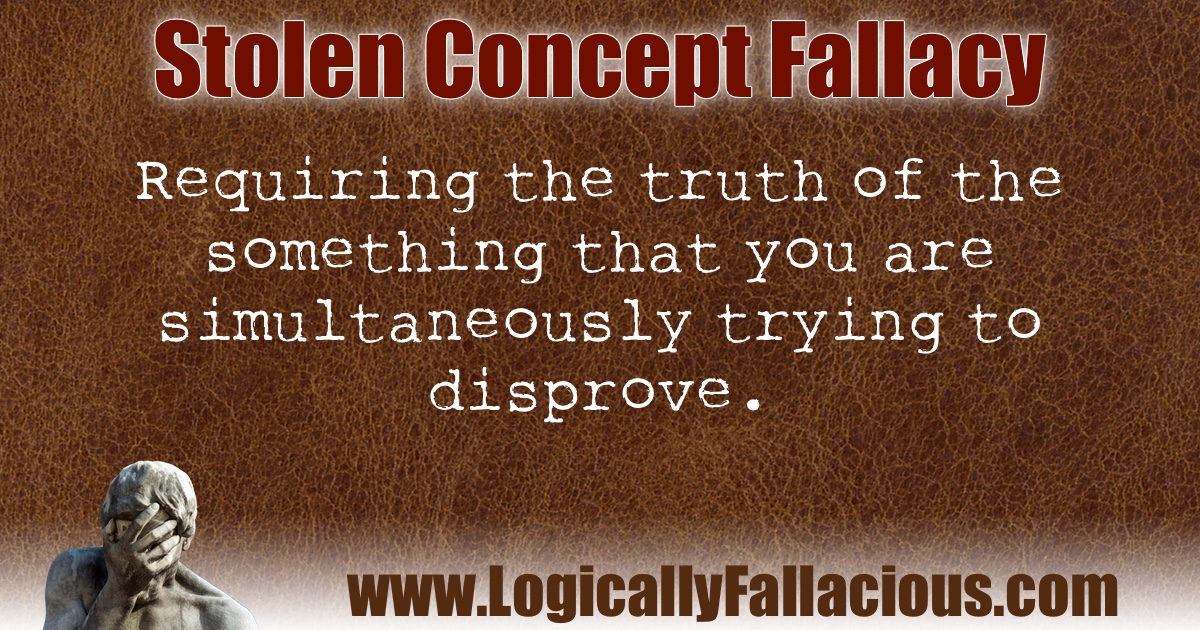Description: Requiring the truth of the something that you are simultaneously trying to disprove.
Logical Form:
Person 1 is attempting to disprove X.
X is required to disprove X.
Example #1:
Reason and logic are not always reliable, so we should not count on it to help us find truth.
Explanation: Here we are using reason to disprove the validity of reason, which is unreasonable -- reasonably speaking.
Example #2:
Science cannot be trusted. It is a big conspiracy to cover up the truth of the Bible and the creation story. Besides, I saw fossils in the creation museum with humans and dinosaurs together, which proves science is wrong!
Explanation: Geology is a branch of science. Using science (examining fossils through the science of geology) to disprove science is absurd, a contradiction and, therefore, a fallacy in reasoning.
Exception: Intentional irony.
Fun Fact: The nofallacies fallacy is the belief that fallacies don't exist (not really).
